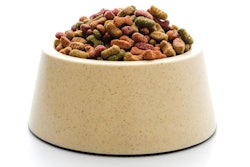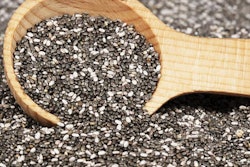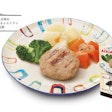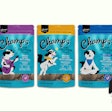
Scientists identified nine chemical compounds found in palatability enhancers that contributed positively to dogs’ partiality for particular food aromas. Three of those compounds stood out as “vital” to dogs’ overall aroma preference, with higher first choice and consumption ratio, the researchers wrote in the journal Chemistry and Biology of Taste. Another three negatively affected dogs’ preferences.
The researchers evaluated six Beagles’ preferences for base dog foods sprayed with one of six palatability enhancers in acceptance tests. The scientists classified each dog's intake ratios of all six varieties into high, medium and low rankings. In validation tests, the researchers included three significantly positive compounds, one significantly negative compound and one non-significant compound to the base dog foods, and found that their initial results allowed them to predict dogs’ preferences.
The scientists analyzed the six varieties of dog food using gas chromatography−mass spectrometry. They identified 55 individual volatile chemical compounds emanating from the dog foods sprayed with palatability enhancers.
Nine compounds contributed positively to dogs’ preference for the foods. Those chemicals were heptanal, nonanal, octanal, (E)-2-hexenal, (E,E)-2,4-decadienal, 2-pentylfuran, 4-methyl-5-thiazoleethanol, 2-furfurylthiol and (E)-2-decenal. Of those, three were deemed vital to dogs’ overall aroma preference: (E)-2-decenal, 2-furfurylthiol, and 4-methyl-5-thiazoleethanol.
Characteristics of dog food palatability compounds
The National Center for Biotechnology Information provides descriptions of the compounds identified by the researchers.
Coriander essential oil contains 2-decenal. The aroma compound is present in French fries, tomato, wheat bread, cooked meats, roasted pecans, roasted filbert and rice.
Also called furfuryl mercaptan, 2-furanmethanethiol serves as a flavor ingredient to provide coffee aroma. Cooked meats, popcorn, wheat bread, roasted coffee and roasted sesame seed oil contain the compound.
Cooked beef, beer, spirits, cocoa, roast peanut, porcini (Boletus edulis) and malt contain 5-(2-Hydroxyethyl)-4-methylthiazole.

















